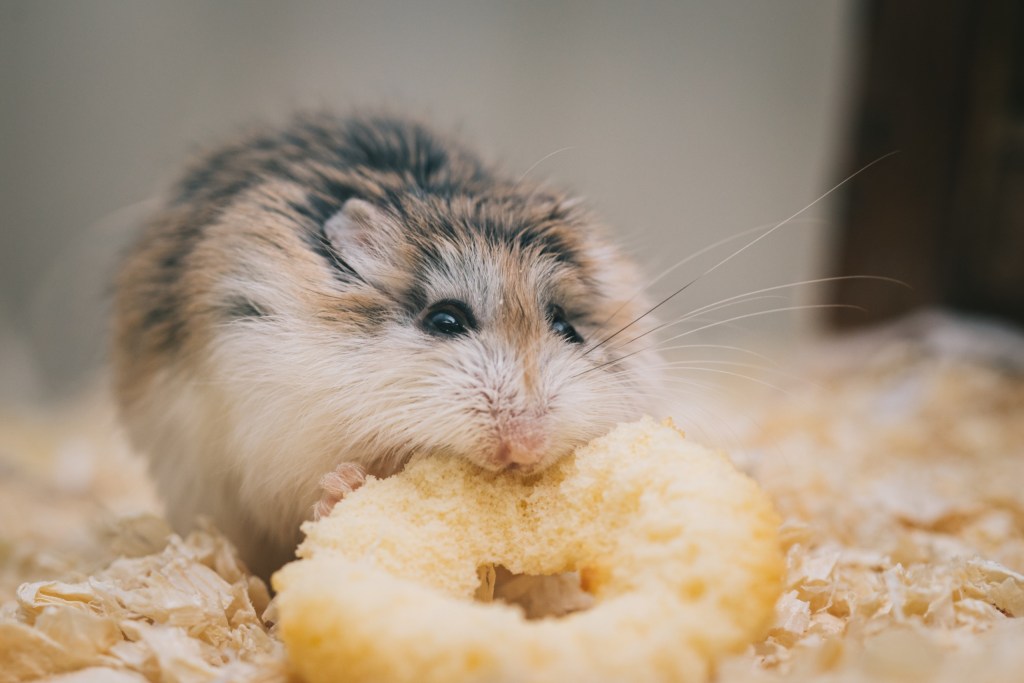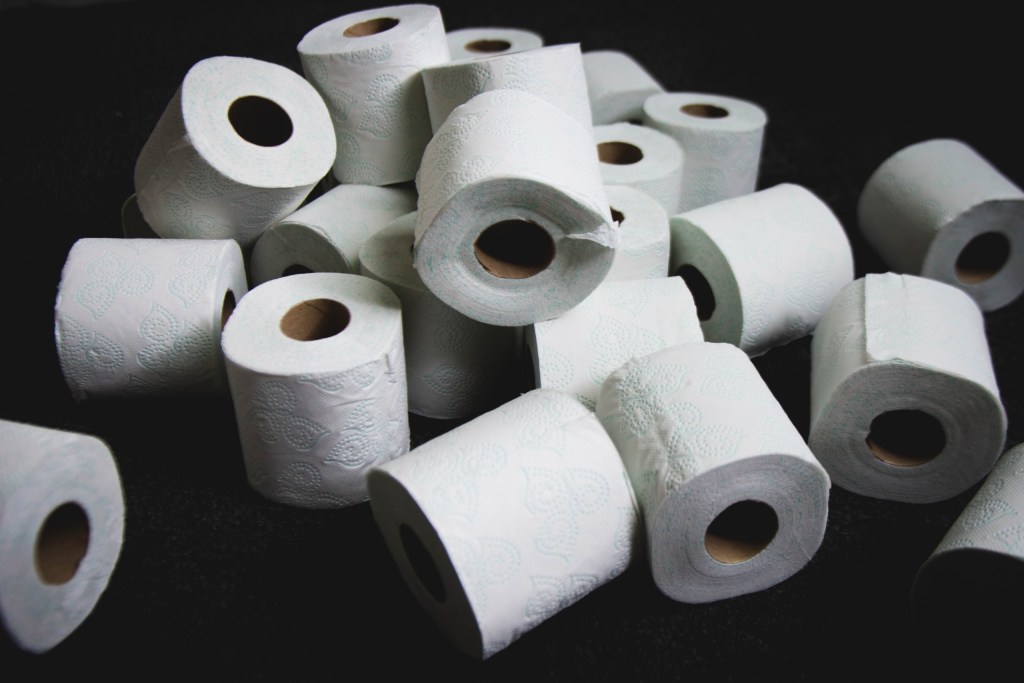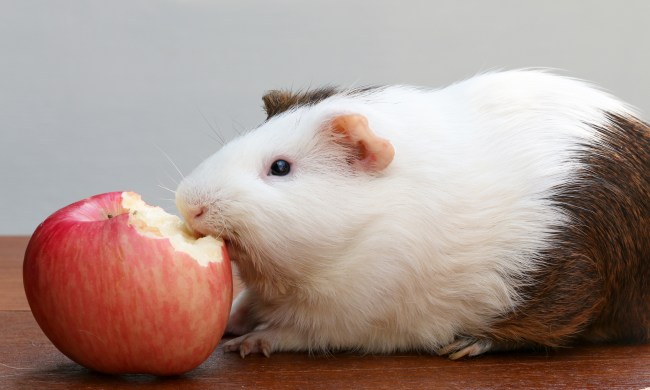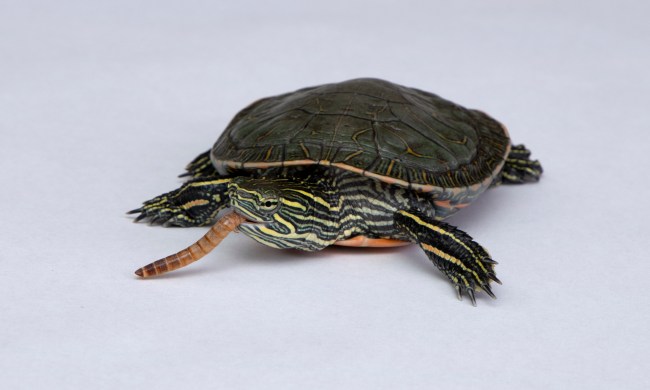If you’ve never had a hamster, some would say you’ve been missing out. That’s because these little critters bring a lot of joy, especially to kids. Moreover, children learn some outstanding life lessons when they’re responsible for a hamster’s care.
When choosing to purchase a hamster as a pet, whether for yourself or your kids, you’ll need to make sure he has a little home for himself. You don’t want your hamster getting loose and running helter-skelter through your house. If you have other pets, like cats or dogs, they might get a little confrontational with the new arrival.
You’ll need to buy a suitable cage for your hamster so that he can feel safe, cozy, and like he’s at home. To do that, you’ll need to add some accessories to your hamster’s cage, and bedding tops the list.
An important consideration before you head off to buy hamster bedding is what type of hamster you have. That’s because different kinds of hamsters live in several types of environments in the wild and that affects how and where they hole up. For instance, some live in hot, dry climates, and they dig homes for themselves underground. Others live in the far north in grassy plains and make their nests with grass.
What is the best hamster bedding for your little rodent? In this article, you’ll discover what’s good as well as what bedding is bad for hamsters. Read on!

Consider four things when choosing hamster bedding
First and foremost, you want your hamster to live a happy life. He won’t be able to do that if there’s danger or if his cage conditions are unsanitary and uncomfortable. In fact, ensuring a safe, clean, and comfortable home for your hamster will help him enjoy a long and happy life.
As noted above, part of that has to do with where your hamster snuggles down and sleeps. Therefore, you should consider how easy it is to find and purchase the right materials for your hamster’s bedding. Once you’ve found them, you need to make sure the materials are safe, comfortable, and not heavily scented.
Easy to purchase
First, check out the hamster beddings available in your local pet shops. Remember that just because your local shop might carry a certain kind of hamster bedding, that doesn’t make it the right type for your hamster. You want to be sure of a reliable supply of the bedding your furry little buddy needs long before you bring him home.
If your local pet stores don’t carry or can’t order what your pet needs, you might have better luck online.
Safety
We keep mentioning the word “safety” and for good reason. Hamsters are not the hardiest of creatures. Therefore, you want them to be safe so that they live the longest, healthiest life possible.
With that in mind, pay close attention to what’s in the hamster bedding you intend to buy. Some kinds can poke your hamster or even pierce its skin, causing splinters and wounds. That’s upsetting to your pet and poses a risk of infection. Obviously, you don’t want your hamster to get sick!
Other types of bedding materials could even suffocate your hamster. This is why we mentioned looking for bedding that isn’t heavily scented. Hamsters have highly sensitive noses and respiratory systems, and a strong scent can irritate them or cause allergic reactions.
You might wish to opt for unscented bedding altogether.

Use these safe types of hamster bedding
When doing your research on hamster bedding, take a look at the following types.
Toilet paper
While TP may sound like an unlikely if not wacky choice, there’s a good reason hamsters like to use soft, light toilet paper as nest-building material. However, although it’s safe, toilet paper can also get damp and cause your hamster’s cage to smell bad quickly. This is particularly true since your hamster will probably do his business right there in his bedding. (You did give him toilet paper, after all.)
Still, as a temporary solution, toilet paper works just fine until you can purchase something a bit more suitable for long-term use.
Wood shavings
Aspen shavings are a great option as long as the shavings aren’t ground down so small that they might as well be a powder. You’re not going for sawdust here.
With that said, wood shavings absorb moisture well without staying damp the way toilet paper does. And while they’re more expensive than a roll of toilet paper, they certainly won’t break your bank account either.
Just be sure the shavings aren’t splintery!
Don’t get cedar or pine shavings
Not all wood shavings are the same. There are some that you should avoid. These include both cedar and pine shavings due to the ease with which they break and splinter. As noted above, splinters can wound your hamster.
Don’t use newspaper
Lots of people use newspaper as material for hamster bedding. However, this is another material you should avoid. You might think there isn’t a big difference between newspaper and toilet paper, but there is: The ink in newspapers has chemicals in it that can make your hamster sick.
Don’t use cat litter
Cat litter can be super-rough on the soles of your hamster’s delicate feet. And some litters produce dust that’s hard on sensitive hamster noses. It’s best to leave the cat litter to the kitties.
Prepare your hamster’s bedding
Finally, you’ll need to prepare your hamster’s bedding by ensuring it is free of microscopic bugs. That’s right, tiny creatures like mites and other parasites can harm hamsters more than you might think.
Take any bedding you intend to use for your hamster and freeze it for at least 48 hours. This will kill mites.
After that, be sure to change your hamster’s bedding every two weeks at a minimum.
If you follow these tips, you’ll be well on your way to ensuring that your hamster lives the life of rodent royalty! And you’ll be able to enjoy having him as your pet for the whole of his princely little life!


